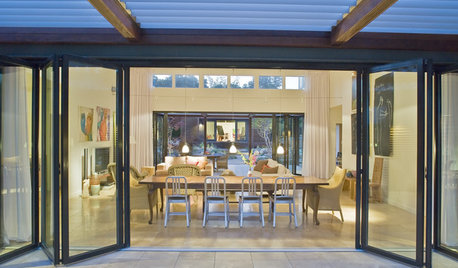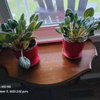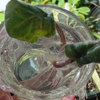Another question about Coir.
larry_b
17 years ago
Related Stories

REMODELING GUIDES9 Hard Questions to Ask When Shopping for Stone
Learn all about stone sizes, cracks, color issues and more so problems don't chip away at your design happiness later
Full Story
ORGANIZINGPre-Storage Checklist: 10 Questions to Ask Yourself Before You Store
Wait, stop. Do you really need to keep that item you’re about to put into storage?
Full Story
MOST POPULAR8 Questions to Ask Yourself Before Meeting With Your Designer
Thinking in advance about how you use your space will get your first design consultation off to its best start
Full Story
REMODELING GUIDESConsidering a Fixer-Upper? 15 Questions to Ask First
Learn about the hidden costs and treasures of older homes to avoid budget surprises and accidentally tossing valuable features
Full Story
GREEN BUILDINGConsidering Concrete Floors? 3 Green-Minded Questions to Ask
Learn what’s in your concrete and about sustainability to make a healthy choice for your home and the earth
Full Story
EXTERIORSCurb Appeal Feeling a Little Off? Some Questions to Consider
Color, scale, proportion, trim ... 14 things to think about if your exterior is bugging you
Full Story
WORKING WITH PROS10 Questions to Ask Potential Contractors
Ensure the right fit by interviewing general contractors about topics that go beyond the basics
Full Story
HOUSEKEEPINGDon't Touch Another Stain Before You Read This
Even an innocent swipe with water may cause permanent damage. Here's what to know about how rugs and fabrics react
Full Story
ARCHITECTURE10 Things to Know About Prefab Homes
Are prefab homes less costly, faster to build and greener than homes constructed onsite? Here are answers to those questions and more
Full Story
REMODELING GUIDESSurvive Your Home Remodel: 11 Must-Ask Questions
Plan ahead to keep minor hassles from turning into major headaches during an extensive renovation
Full Story







lainielady
larry_bOriginal Author
Related Professionals
Tempe Landscape Architects & Landscape Designers · Fort Lee Landscape Architects & Landscape Designers · Arlington Landscape Contractors · Williamsburg Landscape Contractors · Ashburn Landscape Contractors · Chesapeake Ranch Estates Landscape Contractors · Lakeville Landscape Contractors · Natick Landscape Contractors · Rosemount Landscape Contractors · Soddy Daisy Landscape Contractors · Spring Landscape Contractors · Sun City Center Landscape Contractors · Woodland Landscape Contractors · Lauderdale Lakes Landscape Contractors · Norridge Landscape Contractorskorina
irina_co
larry_bOriginal Author
irina_co
pirate_girl
irina_co
pirate_girl
irina_co
larry_bOriginal Author
irina_co
komi
bspofford
lathyrus_odoratus
lucillle
lathyrus_odoratus
lathyrus_odoratus
lathyrus_odoratus
mkirkwag
irina_co
mkirkwag
irina_co
mkirkwag